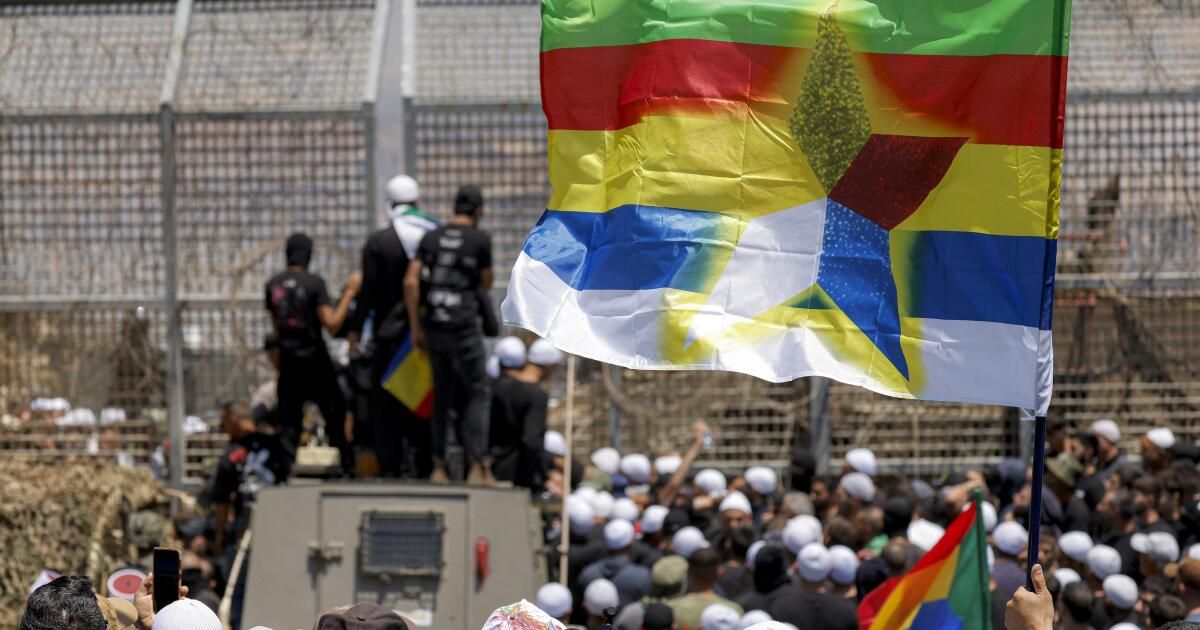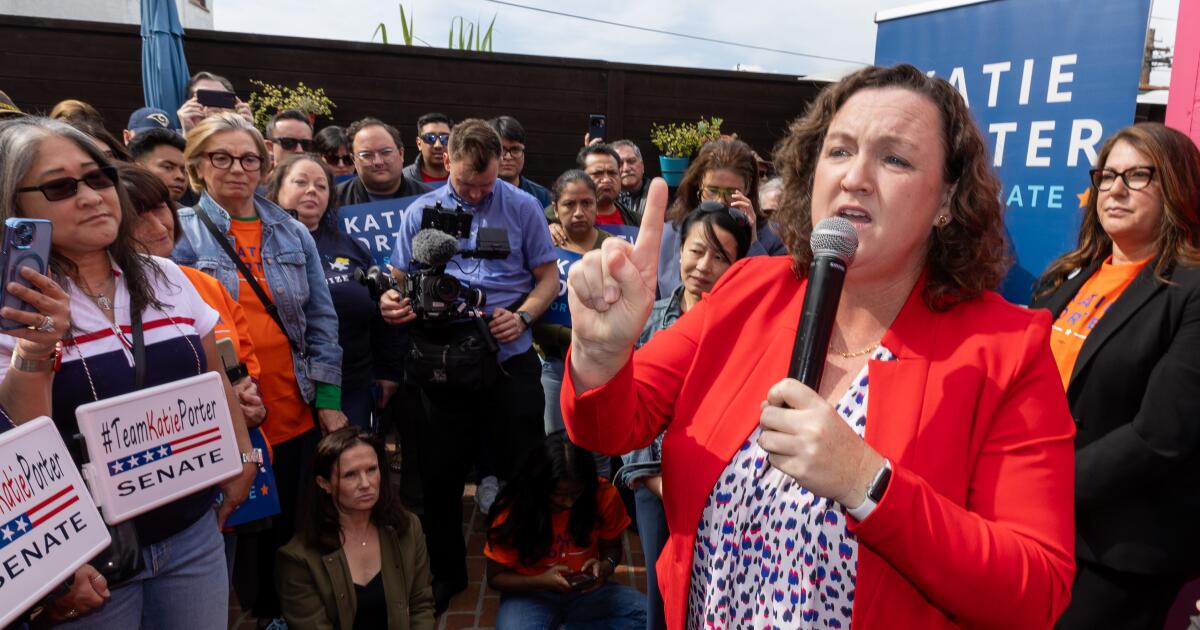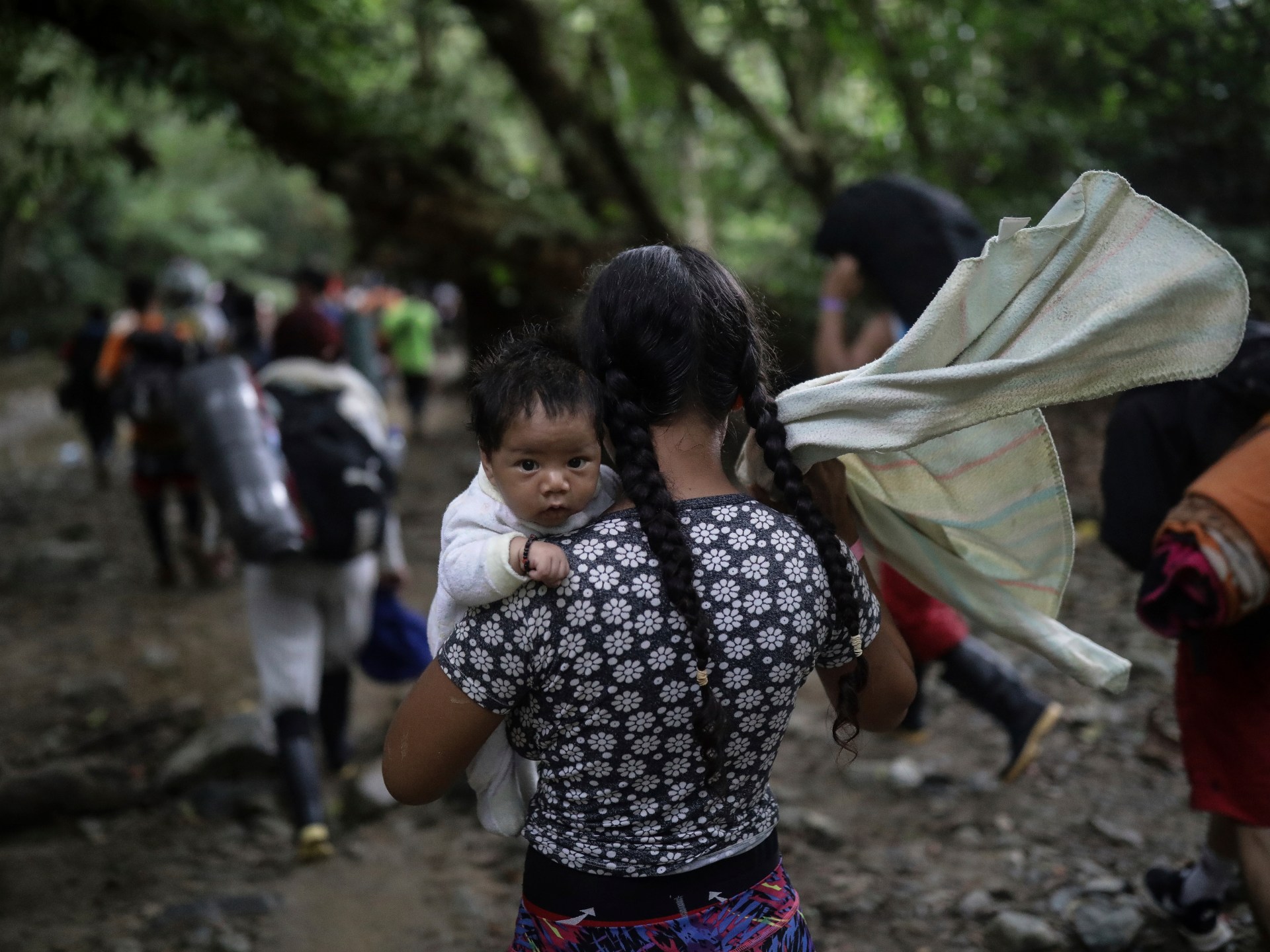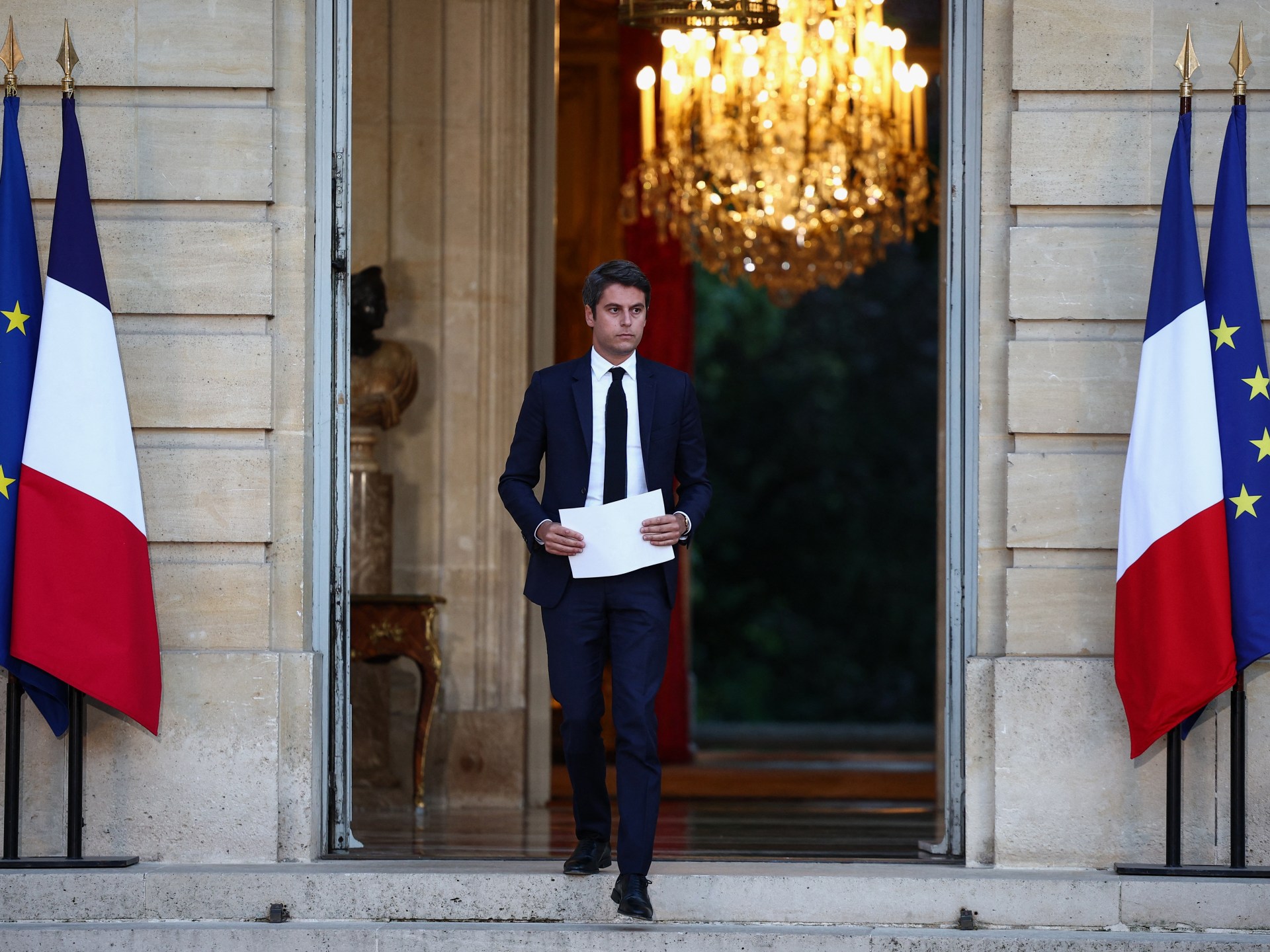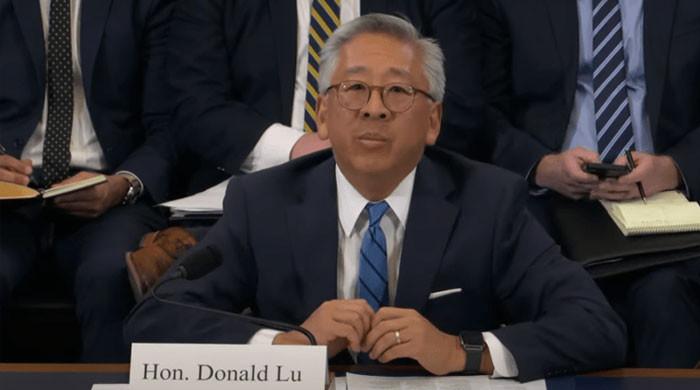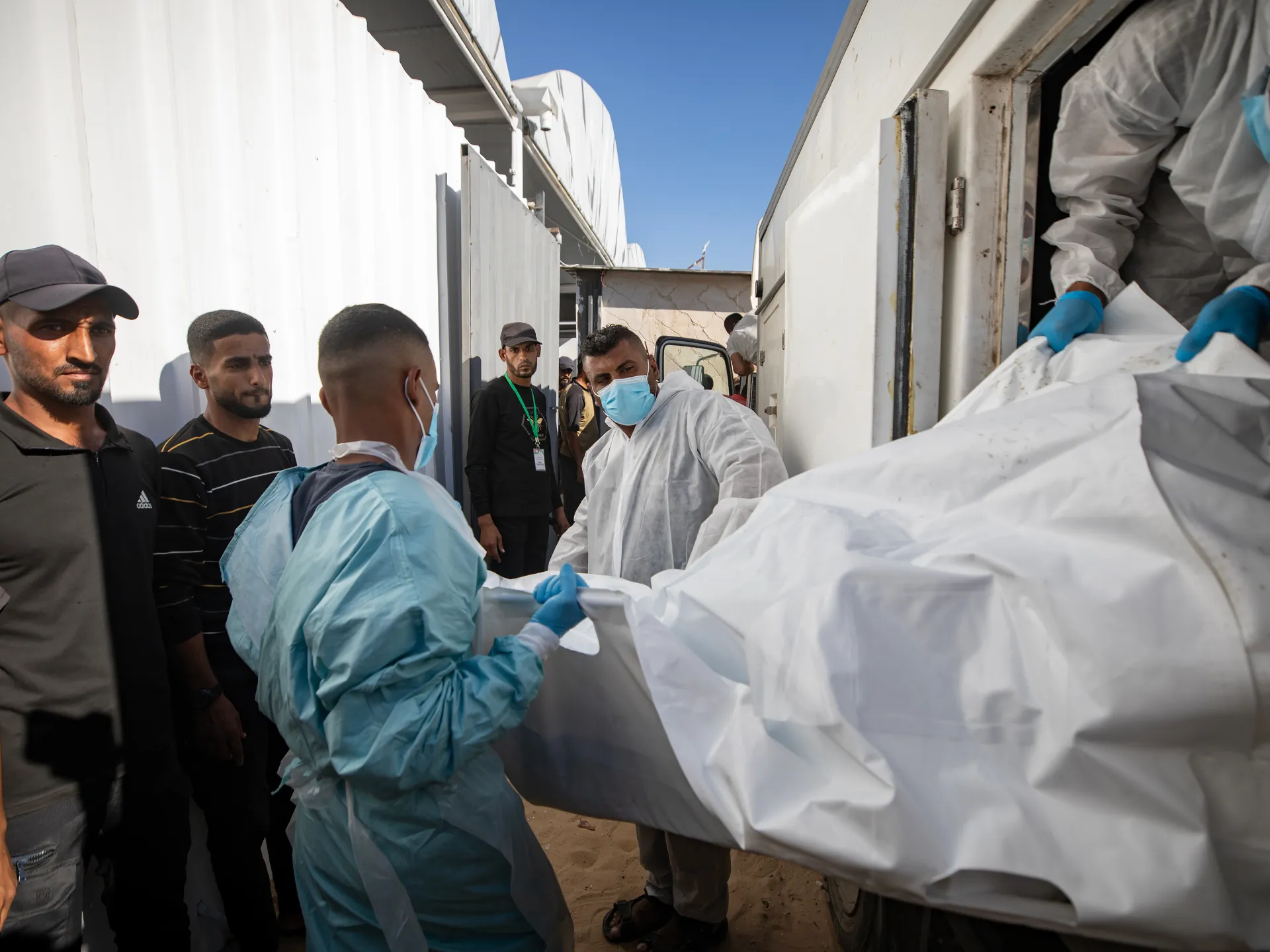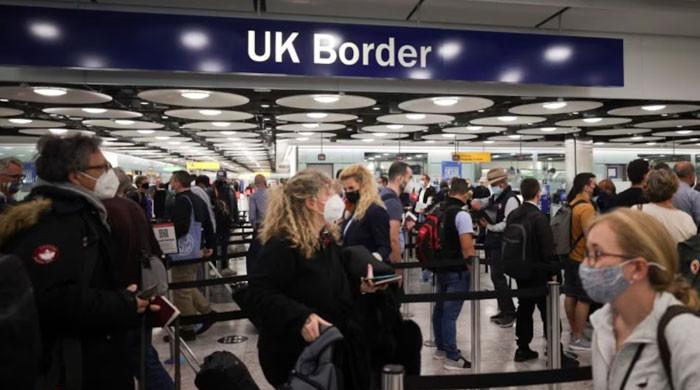Beirut – Israeli combat aircraft hit the Syrian capital of Damascus on Wednesday, increasing a campaign of months against that government, whose forces are dedicated to heavy clashes with the country's minority.
The roar of the reaction engines reverberated around the districts of the Damascus center while the drones and the Israeli combat planes splashed the headquarters of the general personnel of the Syrian army with missiles, wrapping sections of the complex in fire balls. The bombs were also eliminated near the presidential palace.
Damascus's bombardment occurs as Israel continues to fight a war of several fronts against most of its neighbors, only weeks after they launched a campaign against Iran in the hope of destroying its nuclear abilities. On Wednesday, even while still fighting in Syria, he launched attacks in Lebanon in what he said they were active for the Lebanese militant group backed by Iran Hezbollah, even while pressing their campaign against Hamas militants in the Gaza Strip.
Israel has become a policy of tolerance to zero tolerance with the government of the interim president of Syria Ahmad al-Sharaa, a former rebel leader affiliated with Al Qaeda, separated from the group years ago, who was appointed terrorist by the United States until this year.
The Israeli forces gather on the border by dividing the heights of Golan and Syria attached to Israeli, while members of the Druse community of Syria gather on the other side.
Israeli troops sought to control the crowds and prevent Druze from crossing the border with Syria.
(Jalaa Marey / AFP)
In the hours after the Bashar Assad government fell last year, the Israeli troops occupied a strip of territory along the border with Syria that extends to the neighboring province of Dara, which adds to the land that Israel already attached in the Golán campaign in 1981. (The occupation is considered illegal under international law. A future conflict.
Since then, Israel has crashed into the complicated sectarian dynamics of Syria, promising to defend the Druce minority of the government of the Government dominated by the Islamists: in recent months, it contributed repeatedly to the Syrian security forces that move to submit to the areas dominated by Druzas, and critics say that the sectarian has used without mentality as justification to forsetting a neighbor once to the trap.
The Druss, members of a religious sect that is a branch of Ismailism, add up to 1 million people around the world, half of them in Syria. Most of the others extend between Lebanon and Israel.
During the 14-year civil war in Syria, the druze, distrustful of the jihadi groups that dominated the anti-asad opposition, formed militias that fought against the rebels but maintained a cautious distance from the Assad government.
Although many Druss were pleased to see Assad demolished, they, like other minorities in the country, are still fearing the jihadist origins of the current government. Recent sectarian disturbances, as in March, when the factions linked to the government massacred about 1,500 people, mainly from the Alauita sect, have only increased their suspicion. Then, in May, other clashes in the majority areas of Druze-Mojority near Damascus left 39 people dead.
The leaders of the Druze community have resisted the calls for their militias to be maintained, insisting that they will not deliver weapons until the factions affiliated with the government dissolve.

The members of the Druze community demonstrate Wednesday before the Israeli forces for the spike wire fence that separates the heights of Golan and Syria with Israeli annexes. The Israeli troops sought to control the crowds and prevent Druse from crossing the border with Syria.
(Jalaa Marey / AFP)
The fighting began on Sunday, when an intensifier wave of kidnappings and robberies of tits by eye between the Beduine tribes and the druse militias near Sweida became open conflicts. When the victims mounted, the Government announced a high -fire agreement negotiated with the Druzos de Sweida leaders and sent their forces to ensure the city.
But the fight was soon restarted, with a leader Duse accusing the security forces of indiscriminate bombing, while the government said Wednesday that the “prohibition groups” shot at Druze's staff and that the militia reserved their right to respond.
Later, on Wednesday, a religious leader Drusel, Sheikh Yusef al-Jarbalo, announced another high fire agreement with the government that would end all the fighting in Sweida. But he was rejected by another old man, who urged his partner Druse to continue fighting.
“There is no agreement, negotiation or mandate with the armed gangs that are falsely called the government,” said Sheikh Hikmat Hajari, a figure that has long opposed the new authorities.
The Syrian Observatory of Human Rights, a monitoring group based in Britain with a network of activists in Syria, said that violence since Sunday left 248 dead people, including 21 people, three of them women, killed in field executions by government forces.
The activists talked about additional infractions, publish videos that represent the gunmen affiliated with the government by strengthening the mustaches of captured Druss combatants and harassing Druss civilians. Another clip represents government combatants who enter the government who enter Sweida and promise Slaughter Druze. The videos uploaded to social networks by the Druss combatants showed the government forces that hit Druz's security personnel or posing with their bodies.

The members of the Druze community of Syria walk through the tear gas vapors released by the Israeli forces on Wednesday to disperse them in the spike wire fence that divides Syria and the heights of the goal occupied by Israelis. Druso had gathered with the hope of crossing the barrier to escape violence in Syria.
(Jalaa Marey / AFP)
Al-Sharaa, whose government has not yet published a report that investigates the responsibility of the Alauitas massacres in March, issued a statement on Wednesday that promises that government forces “will be legally responsible.”
“We will never allow this to happen without punishment,” he said.
In a statement published in X, the Israeli defense minister, Israel Katz said that the army “will continue to operate strongly” in Sweida against the forces of the Syrian government “until its complete withdrawal”, and that it would follow a series of “painful blows”, a threat that soon headed when live broadcasts showed smoke feathers that come out of the military headquarters competing in Damasco.
Meanwhile, Israel's army brought additional border units with Syria and within the Syrian cushioning zone occupied by Israelis. In a statement, he said that he has achieved more than 160 objectives in Syria, mainly in the Sweida area, since Monday.
When the strikes began in Damascus and the areas of southern Syria, more than 1,000 Israeli Druss gathered near the Israeli-Siria border to protest violence; They broke the barrier and entered Syria, according to the Israeli army, which was returning them to the Israeli territory. The army said he had also prevented Syrias from entering Israel.
Speaking to journalists on Wednesday, the United States Secretary of State, Marco Rubio, said Washington is “very worried” about sectarian fighting in Syria.
“We want the fight to stop,” said Rubio. He added that the United States was coordinating with relevant parts to end the conflict.

